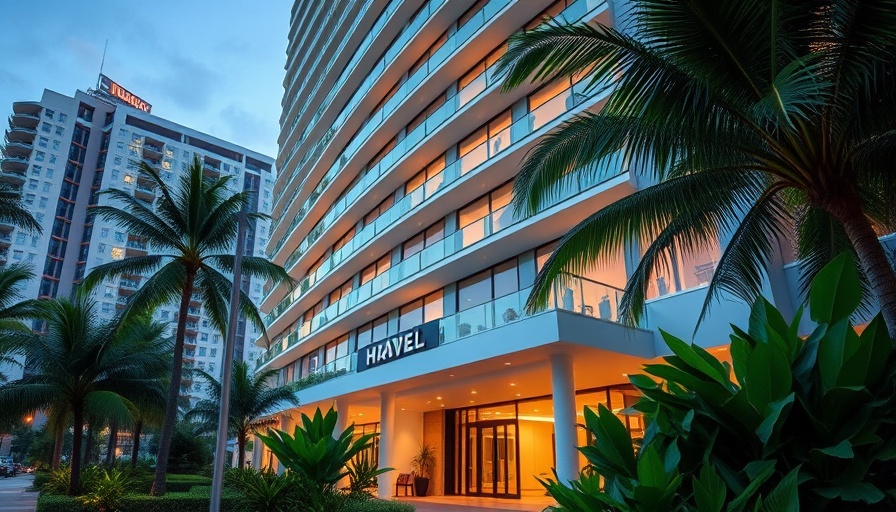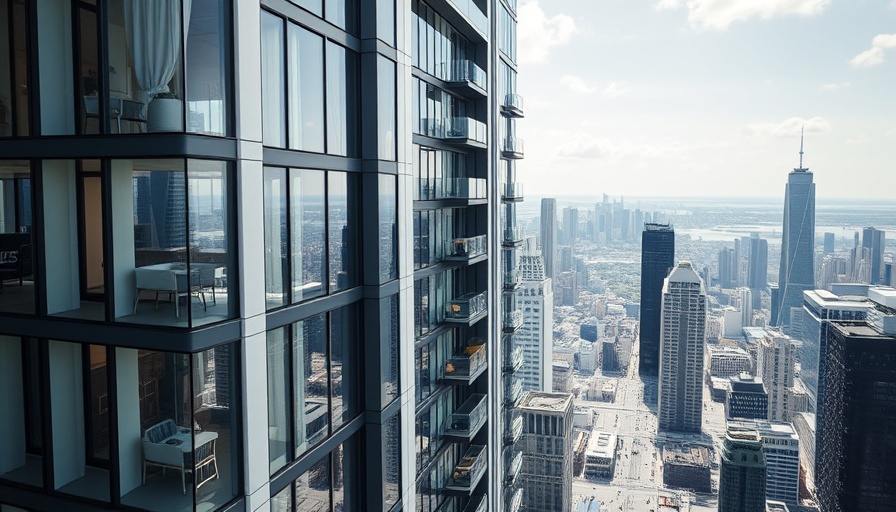
The Surge in Miami’s Construction Sector: A Beacon of Economic Recovery
Miami's skyline is evolving at a rapid pace, driven by an unprecedented construction boom that is not only reshaping the city but also reshaping its economy. According to recent reports, this construction surge has reached a new pinnacle, leading to record employment rates across the region. With more construction projects on the horizon, it’s crucial to explore how this boom is creating economic opportunities and what the future holds for Miami’s job landscape.
Employment Opportunities Abound in the Construction Boom
The current construction industry in Miami has emerged as a catalyst for job creation, pushing employment rates to historical highs. The demand for construction workers has intensified, with developers seeking skilled labor for high-rise condominiums and commercial facilities. From Brickell to Edgewater, thousands of jobs are being generated, benefiting a range of professionals, from architects to skilled laborers.
For many Miami residents, this boom presents a unique opportunity for upward mobility and economic stability. The surge in construction also reflects a broader trend in urban development seen in other metropolitan areas experiencing similar growth. Jobs in construction are often seen as a pathway to middle-class stability, offering salaries that can support families while boosting local economies.
Parallel Example: Urban Development in Other Cities
To better understand Miami's construction boom, one can look to cities like Austin, Texas, which has similarly experienced rapid development. Austin’s real estate market surged in the 2010s, creating a multitude of jobs in construction, real estate, and related fields. As a result, the city became a tech hub attracting talent and investment.
Much like Miami, Austin's character has changed dramatically, with landscapes transforming into modern urban settings. The correlation between increased construction and job creation can serve as a guiding lesson for urban planners and policymakers in Miami. They should prioritize sustainable development while ensuring that growth translates into long-term benefits for residents.
Socioeconomic Considerations: The Cost of Growth
While the economic benefits of a construction boom are evident, there are significant concerns regarding the associated costs. The rising cost of living in Miami is alarming, with prices for housing and basic services exceeding national averages. As new developments bring in wealthier residents, the gap between different economic groups widens, raising issues related to gentrification and displacement of long-standing communities.
Local leaders and stakeholders must navigate these challenges carefully. They can explore policies that incentivize affordable housing developments and ensure protections for vulnerable populations. Striking a balance between growth and community welfare is essential for preserving Miami's unique cultural fabric.
The Future of Miami’s Construction Landscape
As experts project the continuation of the current construction trend in Miami, several factors are likely to play a role. The growing population driven by a favorable climate and job opportunities will keep construction activity robust. Furthermore, innovative designs integrating sustainability will likely take center stage, focusing on lower environmental impacts while maintaining aesthetic value.
Notably, upcoming projects tied to infrastructure improvements, such as transit enhancements linked to new developments, can be expected to shape both the construction industry and the broader economy. Stakeholders must stay proactive in addressing infrastructure needs as they arise from increased density and urban traffic.
Your Role in the Growing Construction Scene
For Miami residents, engaging in this construction boom can be beneficial not just financially but also socially as it fosters a sense of community. There are opportunities for involvement through local trade unions or education programs that train workers in various skills essential for the construction sector.
By participating in construction-related initiatives, individuals can enhance their skills while contributing to the city's growth. People can stay informed by connecting with local officials and policymakers about upcoming developments and opportunities within their neighborhoods.
Conclusion: A City on the Rise
Miami is at a transformative moment, with its construction boom set to redefine not only the skyline but the socioeconomic fabric of the region as well. As employment rates rise and opportunities flourish, the challenge will be to promote equitable growth that benefits all Miami residents. By staying informed and involved, residents can play a vital role in shaping the future of their city and ensuring that development serves the broader community needs.
 Add Row
Add Row  Add
Add 




Write A Comment